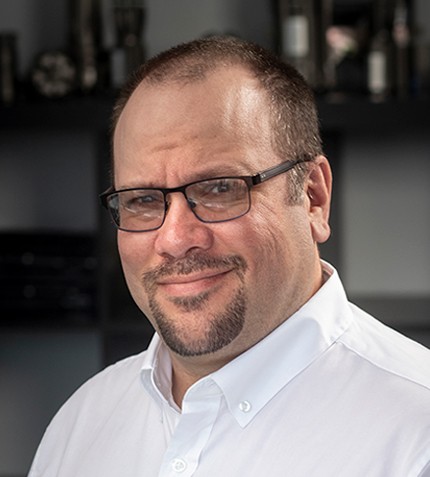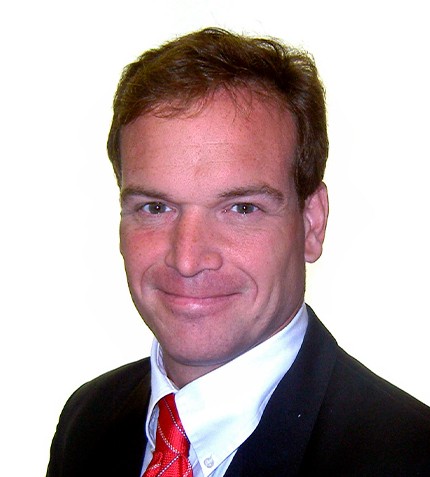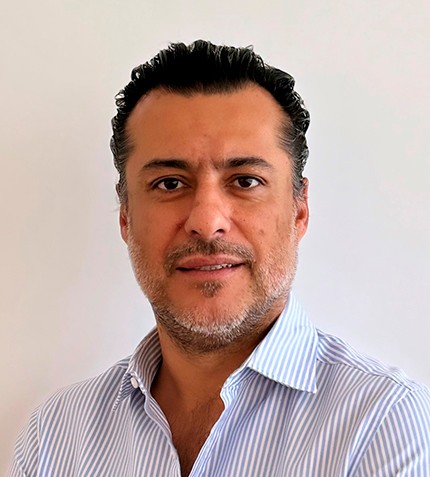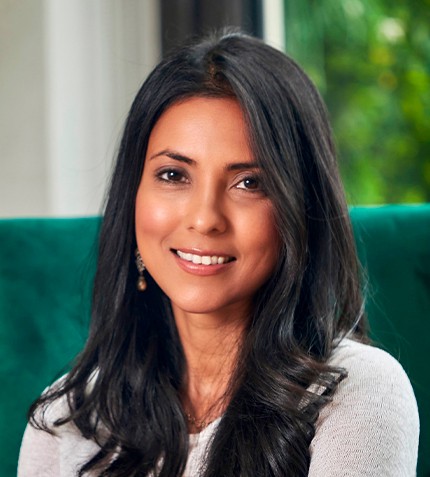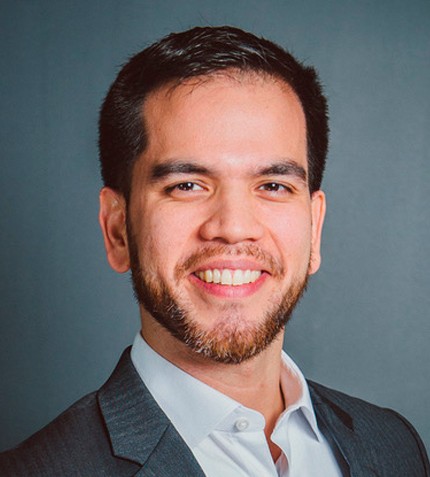
"As industries and customers diversify their presence in Asia, I would like to position BASF as the main growth partner and innovator in this transition."
Marcelo Lu
PRESIDENT, ASIA PACIFIC (EXCL. CHINA), BASF
What are the main goals you set out as you take over this role at BASF?
I am excited to take on the challenge of leading BASF's growth in the Asia Pacific region outside our Greater China operations. As industries and customers diversify their presence in Asia, I would like to position BASF as the main growth partner and innovator in this transition.
Could you give our readers a sense of the importance that Southeast Asia holds for BASF?
Almost half of our net sales in Asia come from outside of Greater China. We have a strong production, sales and innovation base already in Southeast Asia, which we will continue to expand. In ASEAN we see unique opportunities for growth given the population profile and fast adjustment of consumer habits. Additionally, Southeast Asia is going through a strong infrastructure boom, which is driving the demand for chemicals used in various industries such as construction, automotive, electronics, and packaging. Interestingly, Southeast Asian countries are also strategically located in areas where renewable feedstocks are more broadly available, which also supports interesting potential sustainability initiatives.
How do you envision the future of Singapore in the petrochemical and specialty chemical space?
BASF has been in Singapore since 1978. In August 2022 we launched our fourth production facility in Tuas, Singapore. The addition of this new Tuas site strengthens our commitment to Singapore and our market presence in the Asia Pacific region. Singapore has established itself as a key player in the region's chemical industry and has been actively investing in infrastructure, research and development, and talent development to maintain and enhance its competitiveness. Singapore's strategic location, excellent port facilities, and well-developed logistics network have made it a preferred hub for petrochemical and specialty chemical companies. The government's support through various initiatives, such as tax incentives, grants, and infrastructure development, has further attracted investments in the sector. By fostering collaboration between industry, academia, and government, Singapore can further strengthen its position as a leading hub for petrochemical and specialty chemical innovation in the region.
BASF is introducing more bio-based products. Could you delve into some current areas of innovation within BASF’s portfolio?
BASF has introduced various bio-based and sustainable products in the Asia Pacific region, addressing areas like carbon footprint, recyclability and circularity. The Australian food packaging manufacturer Confoil and BASF have cooperated to develop a certified compostable and dual ovenable food tray based on paper. The paper tray is coated on the inside with BASF’s ecovio® PS 1606, a partly bio-based and certified compostable biopolymer especially developed for coating food packaging made of paper or board. The trays extend the end-of-life options for paper-based packaging by being organically recyclable. Additionally, BASF offers Chelastop®, a line of biodegradable chelating agents, including Chelastop® HP, derived from renewable raw materials. These chelating agents are used in applications like laundry detergents, improving cleaning performance while being environmentally friendly. The BASF dispersions plants in Dahej and Mangalore, India, have each received REDcert2 certification. These plants are the first in India to achieve the REDcert2 standard, an independent third-party audit process. This certification enables BASF to supply certified low-carbon-footprint dispersions through the biomass balance (BMB) approach that perform identically to fossil-based dispersions. These are just a few examples of sustainable products and measures that BASF has launched in the Asia Pacific region.
What is your outlook for 2024 for the specialty chemical markets?
We are looking for a stabilization year in 2024 after a challenging 2023. We still need to see China recover as the Asian region outside China is very dependent on Chinese economic activity. In the specialty chemicals market in Southeast Asia, we already see some signs of stabilization and pull from the market, but it is not clear that this is yet a recovery. Given the experiences during the pandemic and supply shortage situation, there was a lot of inventory built up that in some areas is still being consumed. Depending on how the economy and geopolitics develop, we should see this normalizing and, by end of the year, get back to a growth path. The key remains to keep innovating and keep bringing good solutions to our customers and industries. Differentiation and formulation capability are key winning factors to continue to expand the specialty chemicals market.




